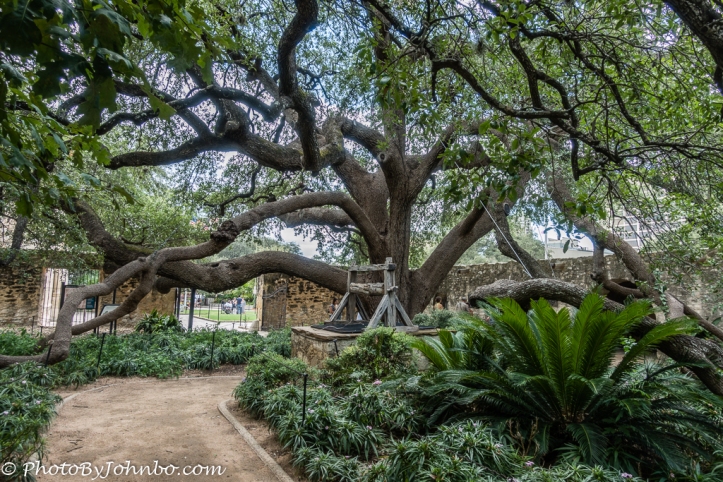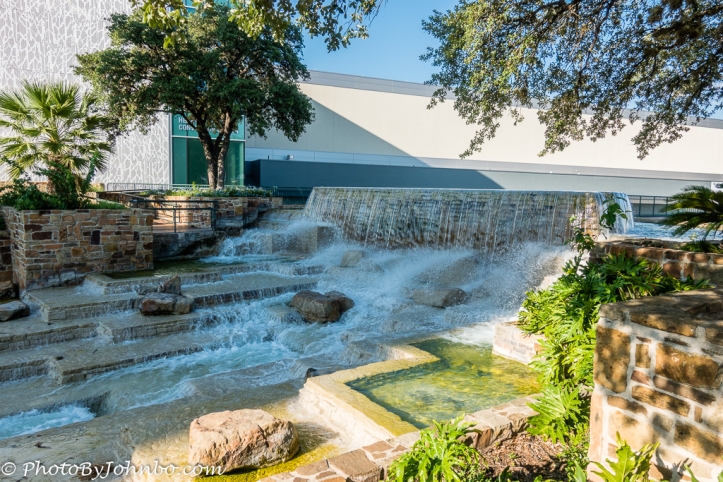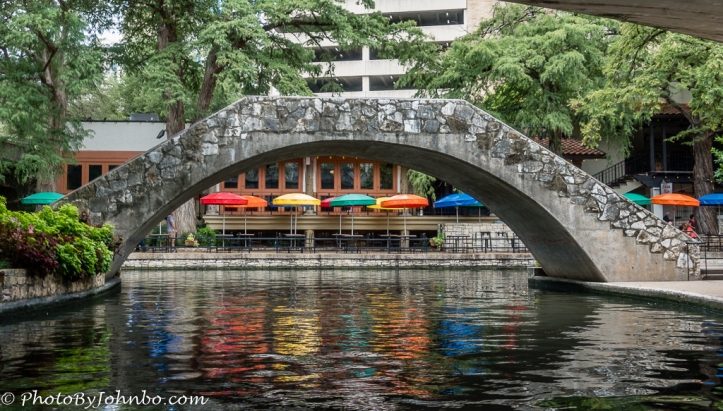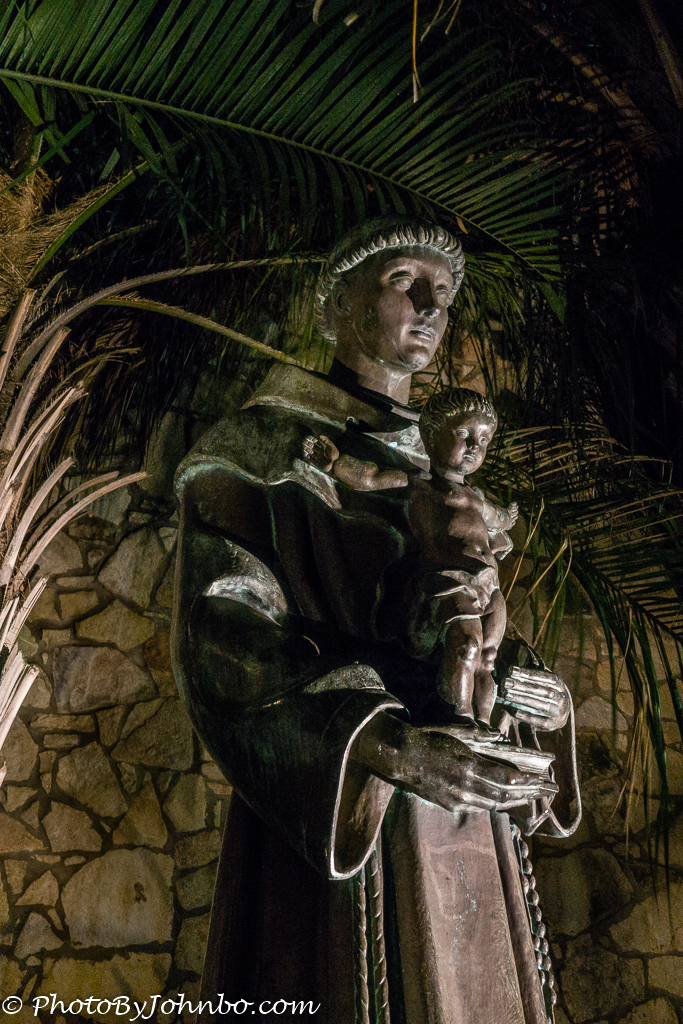San Antonio, Texas.
This week, my journey takes me back to San Antonio, but this time it’s less about the travel and more about the tools. If you’re looking for a review of the popular Sony camera mentioned in the post title, you’ll need to look elsewhere. There are plenty of written and video reviews that can do a much better technical job than I at comparisons and specifications. This article is about solving a problem, and that’s where I will start. I love to use my Nikon D500 and the D7000 before it, especially in conjunction with the long 16-300 MM Tamron lens. But, my friends, when I need to jump on an airplane and travel to a location where photography isn’t my priority objective, I’ve been longing for something more than my cell phone camera without all the hassle of my full-blown photo travel pack.
In earlier posts, I’d mentioned getting a Sony RX-100 V. I was first introduced to the camera by a friend who purchased an earlier model a few years back. I finally decided to take a look at something for travel and started reading reviews of the Sony point-and-shoot. One of my priorities is HDR 3-exposure photography and the Sony camera handles that nicely. It’s fast and the f/1.8-2.8 lens has great low-light performance. All of the images in this post were captured with the Sony camera and processed through Lightroom and then, in a couple of cases, additional processing courtesy of one or more of the Nik Tools applications.
The camera has a great feature in the pop-up electronic viewfinder (EVF). That strong point, though, is one of my minor irritations. Click a “switch” to pop up the EVF, but if you then immediately put it to your eye, you get a fuzzy image. That’s because you have to take a second step and pull the back of the viewfinder “out” so that the lens of the finder can focus on the tiny electronic screen. On the positive side, you can leave the viewfinder up and ready to use as needed while using the display screen on the back of the camera. If you decide to use the viewfinder, put it up to your eye and the rear screen automatically shuts off and the EVF comes to life.
 All of the images here are HDR composites with 3 exposures set to aperture priority and bracketed to 1 stop above and below. Lightroom did the merging. A simple submenu allows me to turn that option on and off. That’s a good thing because the Sony main menu is long and seemingly over complicated to this guy who’s familiar with the organization of the Nikon menu structure. There is a bit of a learning curve to find things and to remember where they are for future action.
All of the images here are HDR composites with 3 exposures set to aperture priority and bracketed to 1 stop above and below. Lightroom did the merging. A simple submenu allows me to turn that option on and off. That’s a good thing because the Sony main menu is long and seemingly over complicated to this guy who’s familiar with the organization of the Nikon menu structure. There is a bit of a learning curve to find things and to remember where they are for future action.
The low light performance is excellent. I purposely took this image at ISO-6400, f/4.5, 1/25 sec to check on noise in the sensor. If you look at the pixel level, you will see some noise, but the casual viewer doesn’t do that, and the image as published here is, in my opinion, quite acceptable. Though smaller than an APS-C sensor, the 1-inch chip handles image processing in conjunction with a phase-detection autofocus that does a nice job of locking onto a subject.
 Our early evening walk along the San Antonio River Walk gave me plenty of opportunity to process the HDR image set with the -1 exposure bracket as slow as 1/15 sec. as in this example. Shot handheld at f/4.5, ISO-6400. No tripod necessary. While I could have opened the lens to 2.8 or even wider at minimum zoom, I wanted the lens opened to its “sweet spot” a few steps below maximum opening for better depth of field. The image above is acceptably sharp foreground to background.
Our early evening walk along the San Antonio River Walk gave me plenty of opportunity to process the HDR image set with the -1 exposure bracket as slow as 1/15 sec. as in this example. Shot handheld at f/4.5, ISO-6400. No tripod necessary. While I could have opened the lens to 2.8 or even wider at minimum zoom, I wanted the lens opened to its “sweet spot” a few steps below maximum opening for better depth of field. The image above is acceptably sharp foreground to background.
 In the HDR image above, half in the shadow, half in direct sunlight, demonstrates acceptable exposure throughout the image. Shot at 1/800, 1/400, and 1/200 sec. shutter speeds, f/4.5, ISO-125, merged into an HDR image by Lightroom, this shot confirmed that the Sony camera would deliver the HDR performance I am used to with my Nikon, even though it’s zoom is lacking in range.
In the HDR image above, half in the shadow, half in direct sunlight, demonstrates acceptable exposure throughout the image. Shot at 1/800, 1/400, and 1/200 sec. shutter speeds, f/4.5, ISO-125, merged into an HDR image by Lightroom, this shot confirmed that the Sony camera would deliver the HDR performance I am used to with my Nikon, even though it’s zoom is lacking in range.
For those interested in video, I’m told the Sony RX-100 is highly rated. it has 4K video capability and the viewfinder can swivel around to create a video selfie that any video vlogger would be happy with. The slow motion features are quite a treat to play with giving frame rates as quickly as 960 fps. More than that I won’t comment. Other than playing a bit with the video, I can’t speak to its usefulness and I am only quoting some of the reviews I viewed when researching to purchase the camera.
One last note of displeasure. Buy a spare battery. You will need it. Sony has a reputation for being hard on batteries and this camera will need a fresh battery sometime during a heavy day of shooting. I’ve never worn out two of them yet, but your mileage may vary. Also, the camera doesn’t come with a spare battery charger. Standard equipment is to charge in the camera. That’s not acceptable. Plan to buy an external charger so you can be charging one battery while you shoot using the other one.
I won’t be abandoning my Nikon anytime soon. When my main purpose is photography, my tool will be the Nikon D500, but when I travel and want a light, occasional camera that is more capable than my cell phone, you’ll find me with a small camera case on my belt housing the Sony RX-100 V.
John Steiner





Nice! We’ve been fairly happy with our Sony point & shoot too… The processor is on point & the zoom is pretty tight for such a small camera. Only complaint is that touching any button will turn it on. When I walked through security at an NFL game recently when I was buying a beer it turned on and my hand was changing all the settings as I handed my money over… Blurgh. Hate that. That oak gives good tree.
There may be a menu setting to change that behavior. On the RX100, default is to turn the camera on when you lift the viewfinder up. I changed that to disable the function.
Nice photos, Sony all day!
Thanks!